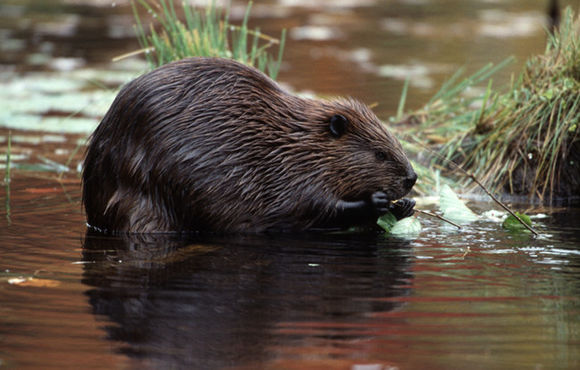This is Scientific American — 60-Second Science. I'm Emily Schwing.
When you look at satellite images it's easy to pick out hurricanes, deserts, and the work of a certain semiaquatic rodent:
"And the reason you can see beaver activity from space is because they leave a mark on the landscape."
Ken Tape is an Arctic Ecologist at the University of Alaska Fairbanks.
"So they make these ponds, and when a pond forms my idea was that we could infer, if it was a certain kind of pond and we could see a beaver dam, then we could infer that beavers had moved into that area, or moved out of that area if it's a beaver pond that's drained."
Tape and a team of other scientists used Landsat satellite images that cover more than 19,000 square kilometers of Arctic tundra in Alaska.
"We saw lots of new beaver ponds, I think we saw 56 new beaver ponds formed between 1999 and 2014."

Beavers are considered keystone species, which have an outsized effect on their ecosystem.
"And I think it's particularly true in the Arctic because it's underlain by all this frozen ground."
He's talking about permafrost.
"And what happens is when you start flooding permafrost areas, permafrost starts to deteriorate. And really the glue that's binding the soil together, that's holding the landscape together starts to thaw."
Tape and colleagues presented their findings December 11th at the annual conference of the American Geophysical Union. He says the implications of beavers' northward expansion are big.
"Imagine that you just dropped 56 groundwater springs into Arctic stream environments. A groundwater spring in the Arctic is a rare thing in the Arctic and it's an oasis of biologic activity for fish spawning and things like that."
Beavers may be following the northward expansion of vegetation onto the tundra.
"But the other possible driver is rebound from heavy trapping a century ago."
If they contribute to the deterioration of the permafrost, you could call it coming back with a vengeance.
Thanks for listening the Scientific American — 60-Second Science. I'm Emily Schwing.












